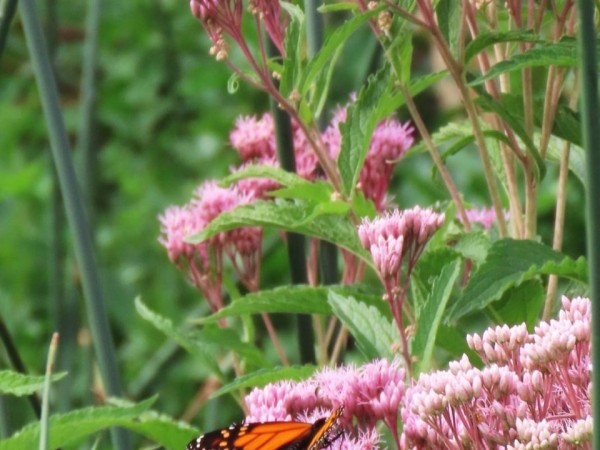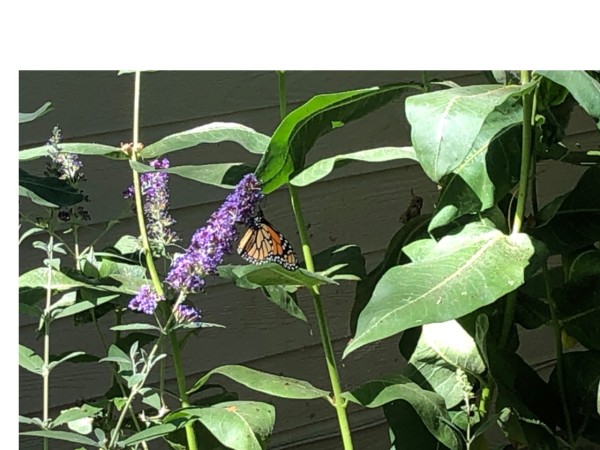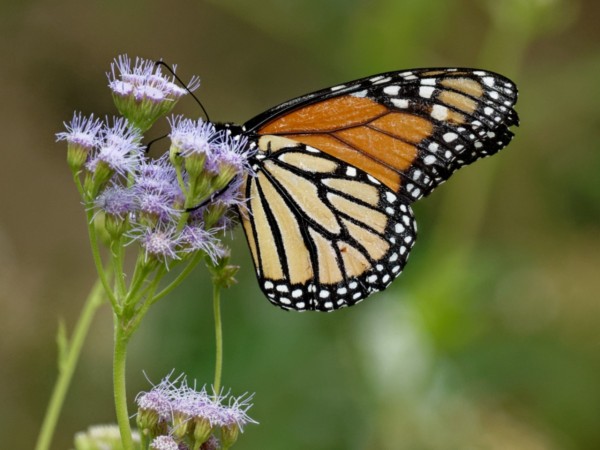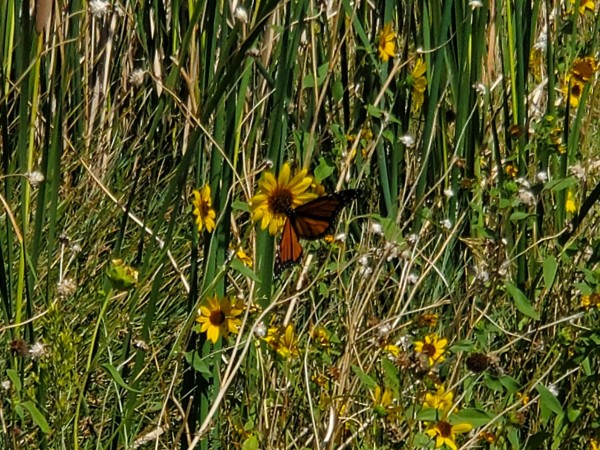Letter From Gail Morris: Western Monarch Fall 2022 Report #1
published: 09/14/2022
High Heat
Scorching high temperatures moved into California and the surrounding Western region last week keeping the area sizzling while shattering long time records. Temperatures climbed above 110 degrees in many California central valley locations and were amplified by their prolonged presence. Even Salt Lake City in Utah reached 104 as neighboring states felt its simmering impact. The record high temperatures come at a critical time in the monarch lifecycle as the migrating generation is maturing. As they freshly eclose, everyone is looking hopefully for the telltale large, deep orange monarch wings. They will nectar heavily to prepare for their journey, then launch on their way.
Report your sightings!
Monarch studies have shown that temperatures of 104 to 108 can be lethal for immature monarchs. Eggs, larvae and pupae subjected to the recent prolonged record high temperature spell may be at risk. We also are aware there are usually pockets of microclimates where temperatures are lower so these eggs, larvae and pupae may have a chance to survive. We need your help to know what is happening where you live in the West. Were monarch larvae thriving and then disappeared in the heat wave or are they continuing to thrive well your way? Send us your report and do send a photo as well. Be sure to view Journey North maps to learn more about monarchs migration hot spots.
Report Monarch Roosts!
We often are in awe of large monarch roosts as a sign of the eastern monarch migration but small numbers of monarchs can cluster together in the West, too.
Be sure to look in trees especially when you see good numbers of monarchs during the day this time of year for six or more monarchs clustered in proximity to each other as sunset approaches. Sometimes you may see several of groupings on the same tree in the area and many can be at eyesight level. Often they are found on Southeast side of trees especially near nectar resources so they can capture the morning sun to warm up, then coast down to nectar heavily, take to the skies and fly on to continue their journey. Be sure to report your Monarch Roosts you see here on this Journey North map.
Send in your reports!
If you are out this week and see monarchs of any life stage, be sure to report them to Journey North—whether they are adults or eggs or larvae. Provide as much information as you can such as weather conditions (it’s okay to estimate). Your detailed description of what you see can include, but is not limited to, the monarch’s gender and activity and, if known, the type of flowers if they are nectaring. If you can, observe the condition of the wings—fresh and new or worn and tattered or something in between. This helps us learn more about monarch age and survival. We realize it isn’t always possible, but please take a photo if you can. Thanks so much for your help.
Gail Morris is the Coordinator of the Southwest Monarch Study (www.swmonarchs.org), a Monarch Watch Conservation Specialist, and the Vice President of the Monarch Butterfly Fund, the Central Arizona Butterfly Association and the Western Monarch Advocates. The Western Monarch Population News is based on comments provided to Gail Morris. We hope to increase the number of sightings and therefore photos and comments entered into the Journey North. We rely on the volunteers who communicate regularly with Gail and who agree to participate in our effort to increase awareness of the population of western Monarchs. You can reach her at gail@swmonarchs.org




